Bowers & Wilkins Pi6 review: sensational sound, ordinary ANC
Bowers & Wilkins' step-down true wireless earbuds sound amazing and are well-priced – so what's the catch, if anything?
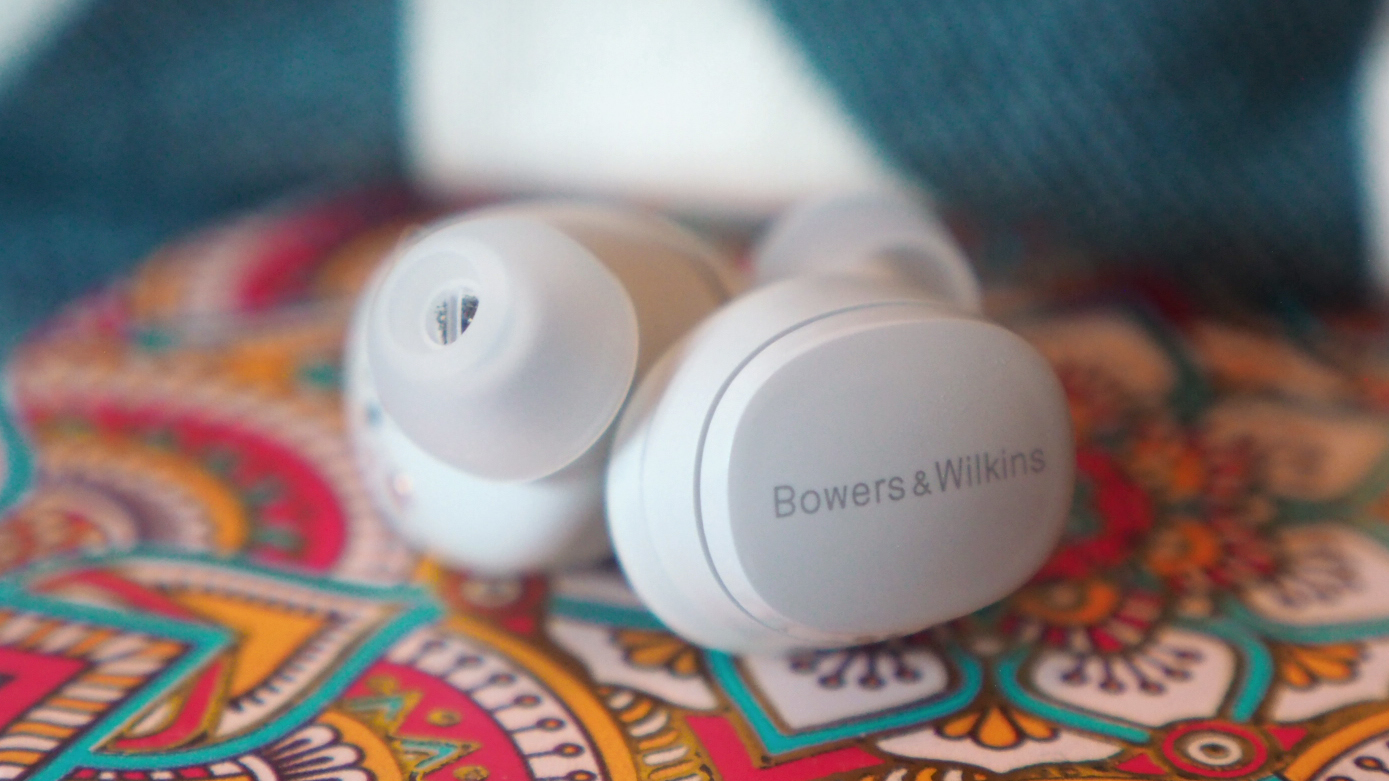
Sound quality is the most important thing about any headphones at any price, of course – and the Bowers & Wilkins Pi6 deliver here where it matters. But the world of true wireless in-ears has quite a few additional requirements, and it’s here that the Pi6 stop being ‘brilliant’ and start being ‘a bit ordinary’ – especially given the not inconsiderable competition.
-
+
Balanced, entertaining and absorbing sound
-
+
Comfortable to wear for hours at a time
-
+
Very acceptable battery life
-
-
ANC is utterly ordinary
-
-
Not short of very capable competition
-
-
Weirdly brief EQ adjustability
Why you can trust T3

Mike Lowe
I reviewed Bowers & Wilkins' top-tier Pi8 true wireless in-ears recently, and if anything I like them even more now than I did then – they're true five-star quality, easily among the best earbuds of today.
Which is why I didn’t need to be asked twice to review Bowers & Wilkins' Pi6 alternatives – which are less expensive, offer slightly fewer features, but come with the alluring promise of All That Bowers & Wilkins Sound.
So are the Bowers & Wilkins Pi6 simply the Pi8 on a budget? Maybe they're a false economy? Or perhaps it's a bit of both? I've reviewed them, following on from the pricier pair, and here's what I make of these more affordable earbuds...
Bowers & Wilkins Pi6: Price & Release Date
The Bowers & Wilkins Pi6 true wireless in-ear headphones are on sale now, and in the United Kingdom they sell for £199. In the United States they cost $249. While in Australia the going rate is AU$369.
This is pretty affordable by Bowers & Wilkins’ standards, sure – but it’s a price that puts the Pi6 in the thick of a fairly fierce contest. Very credible options from the likes of Apple (AirPods Pro 2), Bose (QC Ultra Earbuds) and Sony (WF-1000XM4) – and that's to name just three – are all available at similar money...
Bowers & Wilkins Pi6 review: What's New?
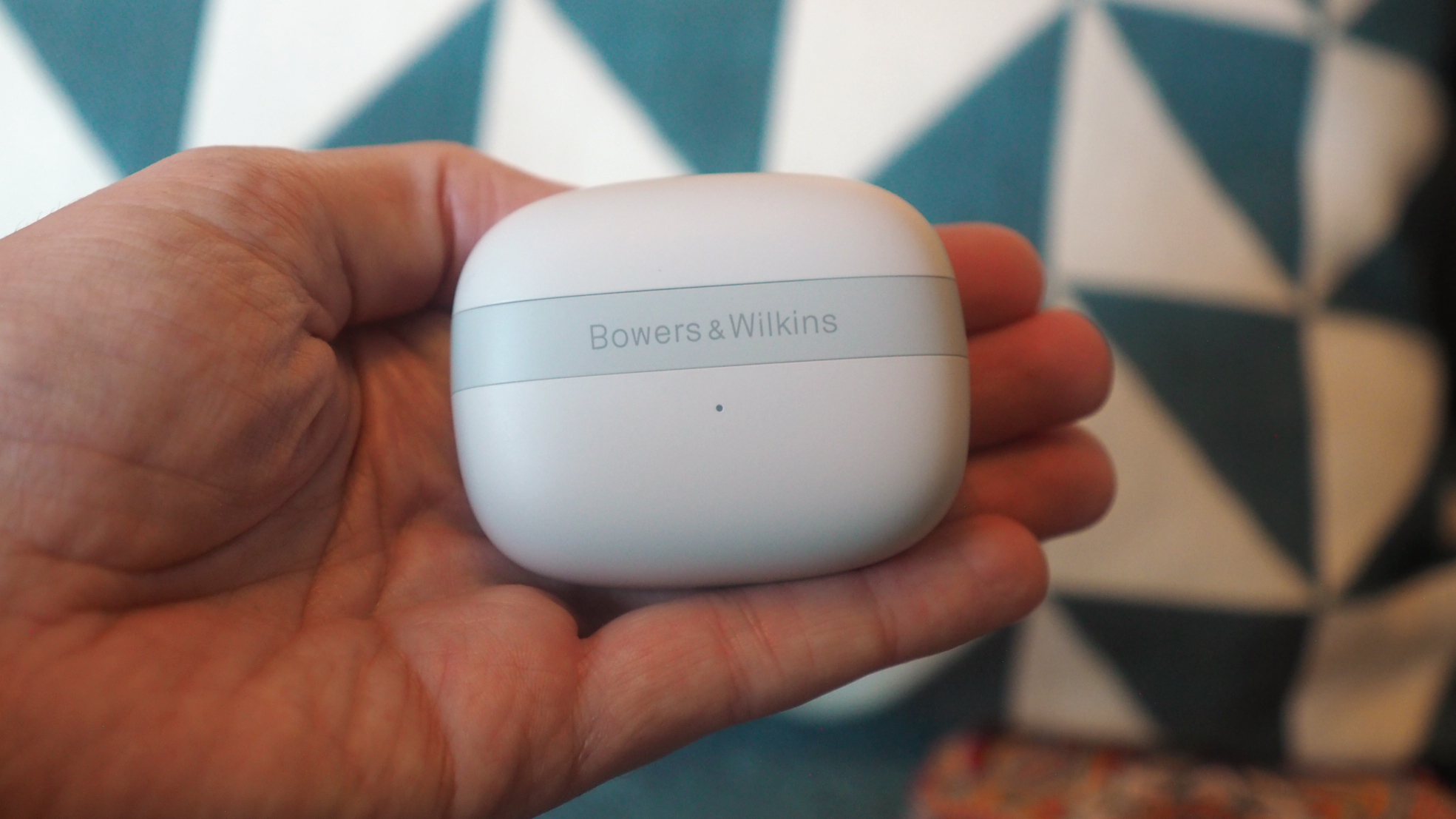
The Pi6 use Bluetooth 5.4 for wireless connectivity, and are compatible with the aptX Adaptive codec that will allow for lossy reception of 24bit/96kHz digital audio files. That’s a step down from the Pi8 and their aptX Lossless compatibility, but I suppose savings have to be made somewhere… at least the Pi6 retain the multipoint connectivity of their pricier siblings.
Once audio information is on board, it’s delivered to your ears by a couple of 12mm bio-cellulose drivers. And it’s possible to enjoy the results of this system for almost eight hours at a time with active noise-cancelling (ANC) switched on – but should the worst happen then a 15-minute charge will hold you for another couple of hours, while ‘flat’ to ‘full’ takes around two hours.
The included charging case itself holds another couple of charges, so you should be able to go all the way around the clock before you need to plug the case’s USB-C slot into the mains. There’s no wireless charging here, though. And while there’s no IP rating quoted for the charging case, the earbuds themselves are IP54 – which means they should be absolutely fine in any realistic environment against water and dust.
Spatial audio fans should be aware that the Pi6 are a strictly stereo-only deal. Bowers & Wilkins has made Dolby Atmos concessions on some of its home theatre products, but the Pi6 are for music – and the company has always maintained that music happens in stereo.
Bowers & Wilkins Pi6 review: Performance

Let’s start with the secondary aspects of performance for a change, shall we? We can get to how good the Bowers & Wilkins Pi6 sound soon enough...
Unlike the Pi8, which use Bowers & Wilkins’ proprietary ANC algorithms, the Pi6 use off-the-shelf Qualcomm as an alternative – and the effect is underwhelming to put it politely. The ANC here is mild in its effect, not anywhere close to what you can expect from any number of price-comparable rivals, and certainly unable to block out the drone of an aircraft (or its passengers, or its PA announcements). Bowers & Wilkins will tell you that the Pi6 are all about sound quality, and that’s fair enough – but I’m not sure what the point of ANC is if it’s going to be this half-hearted.
As long as you’re not anywhere too noisy, though, the Pi6 are among the very best-sounding true wireless in-ears around on a pound-for-pound basis. Do they sound as good as the Pi8? No, they do not. Do they sound like £199/$249-worth? You bet your boots they do!
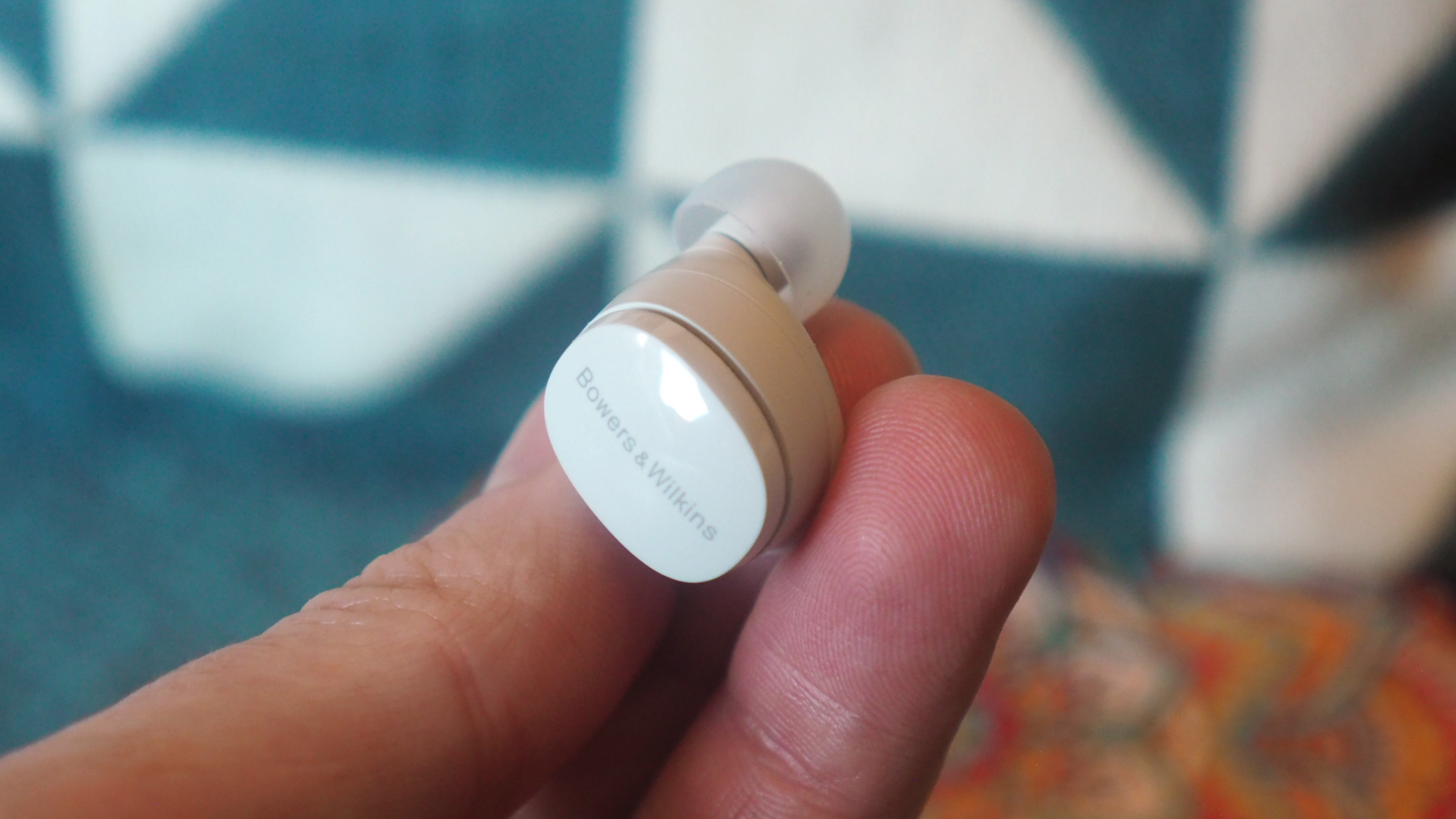
From the deep, textured and nicely detailed low frequencies, to the bright, shining and similarly detailed top-end, the Pi6 are a beautifully balanced and thoroughly absorbing listen. Their tonal balance is just ideal – natural, neutral and uncoloured, they give every impression of getting right out of the way of a recording in order to let it express itself on its own terms. And the frequency response, from top to bottom, is tidy and even – there’s no suggestion the Bowers & Wilkins are overemphasising or understating any part of it.
It’s the midrange reproduction, though, that’s the real star of the show. It communicates in the proverbial spades, extracting a stack of detail both broad and fine, and making a singer’s character and attitude absolutely plain. No element of a recording that occupies the midrange goes unnoticed, and the Pi6 are able to put even the most fleeting occurrences into convincing context. It’s a showcase for what the Bowers & Wilkins engineers are capable of, and it makes the Pi6 among the most enjoyable and absorbing earbuds around at this price point.
Soundstaging is handled confidently, too. Even though these are not the biggest-sounding earbuds around, the stage they create is open and properly defined – so music of all types, even the most element-heavy, sounds organised and coherent. And there’s considerable dynamic headroom available too, so when all of those very many elements switch from ‘silent’ to ‘full-on’ the Pi6 can track the shift in intensity without problems.
Bowers & Wilkins Pi6 review: Design & Usability

The Pi6 follow the same design template as the pricier Pi8 – and for the avoidance of doubt, that’s a good thing. Previous Bowers & Wilkins earbuds have been somewhat gawky where design is concerned. But these smooth, ergonomically shaped earbuds – and their smaller, pebble-shaped charging case – attract attention for more positive reasons.
The contact points are softer than in previous models, and the integrated ‘wing’ improves both comfort and stability – 7g per earbud may look like a lot, but the Pi6 remain comfortable for the long haul. The brand logo on each earbud looks good (if you're able to get close enough to read it), as does the grilled vent that runs around the circumference – it’s there to assist with call quality and wireless reception, but it manages to look good at the same time.

There are four finishes available: grey in either ‘cloud’ or ‘storm’ varieties, ‘glacier’ blue and ‘forest’ green. No matter which you choose, you’ll find yourself in possession of a pair of well-made, nicely finished true wireless earbuds that look and feel like a premium item. Which is just as well, given the asking price – these may be affordable by Bowers & Wilkins standards, but they're not budget by any means, and there's plenty of competition.
As far as usability is concerned, all your options are nicely realised. Three mics per earbud take care of voice-assistant interaction as well as telephony and ANC, and commands are acted upon swiftly and reliably. There’s a capacitive touch surface on each earbud which allows you to control the basics like ‘play/pause’, ‘skip forwards/backwards’ and so on. And you can choose between ‘volume up/down’ or ‘ANC and voice assistant’ in the Bowers & Wilkins Music control app that’s free for iOS and Android.
It’s a stable and usable app, with the facility to integrate your favourite streaming services (as long as they’re Deezer, NTS, Qobuz, Soundcloud, Tidal or TuneIn), access some curated playlists and switch between other compatible Bowers & Wilkins products. There’s also three-stage ANC selection (‘on’, ‘off’ or ‘pass through’) as well as ‘bass’ and ‘treble’ EQ sliders. The Pi8 has a five-band equaliser when connected, though, and its deletion here seems for no other reason than to make the Pi8 seem an even more upmarket proposition.
Bowers & Wilkins Pi6 review: Verdict
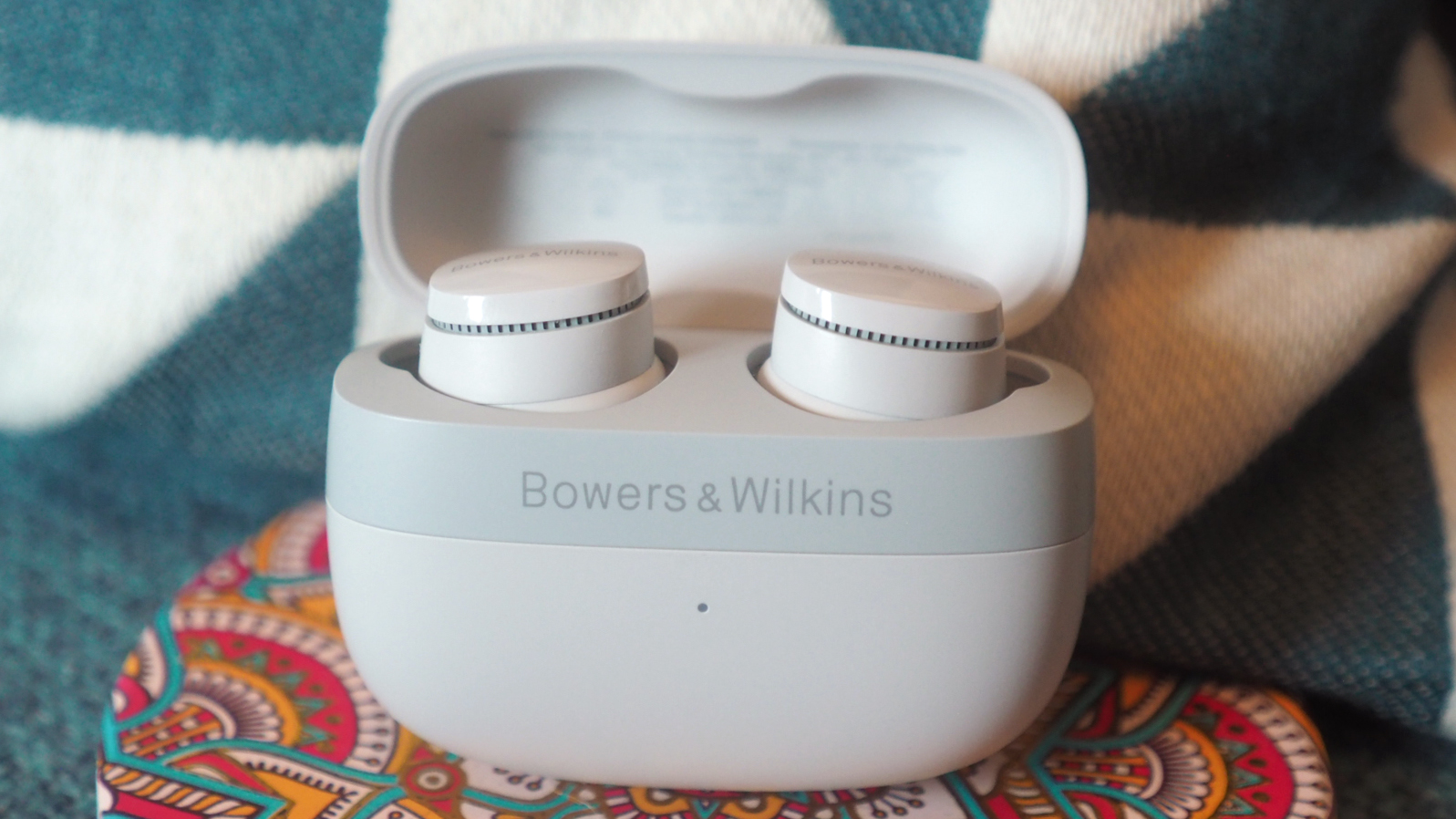
If your requirements for your new reasonably affordable true wireless earbuds begin and end with ‘great sound quality’, you simply can’t go wrong with the Bowers & Wilkins Pi6. Build quality, comfort and battery life are up to scratch too.
But if you want the most effective active noise-cancellation (ANC) – and why wouldn’t you? – then the Pi6 start to become a bit less of a no-brainer, especially given the serious competition.
Also consider
The Sony WF-1000XM4 are the best all-round true wireless in-ear headphones you can buy at anything like this sort of money.
If you don’t want to follow the herd, though, then Denon’s Perl Pro have lots to recommend them (even if they do look a bit weird).
Or if you’d like to follow the herd but have some strange aversion to Sony, then Apple’s AirPods Pro 2 sound good, cancel noise pretty well – and look differently weird to the Denon.
Sign up to the T3 newsletter for smarter living straight to your inbox
Get all the latest news, reviews, deals and buying guides on gorgeous tech, home and active products from the T3 experts
Simon Lucas is a freelance technology journalist and consultant, with particular emphasis on the audio/video aspects of home entertainment. Before embracing the carefree life of the freelancer, he was editor of What Hi-Fi? magazine and website – since then, he's written for titles such as Wired, Metro, the Guardian and Stuff, among many others. Should he find himself with a spare moment, Simon likes nothing more than publishing and then quickly deleting tweets about the state of the nation (in general), the state of Aston Villa (in particular) and the state of his partner's cat.
- Mike LoweTech Editor
-
 YETI just made bowls cool – literally. And also figuratively.
YETI just made bowls cool – literally. And also figuratively.New YETI design, same bear-proof energy
By Matt Kollat Published
-
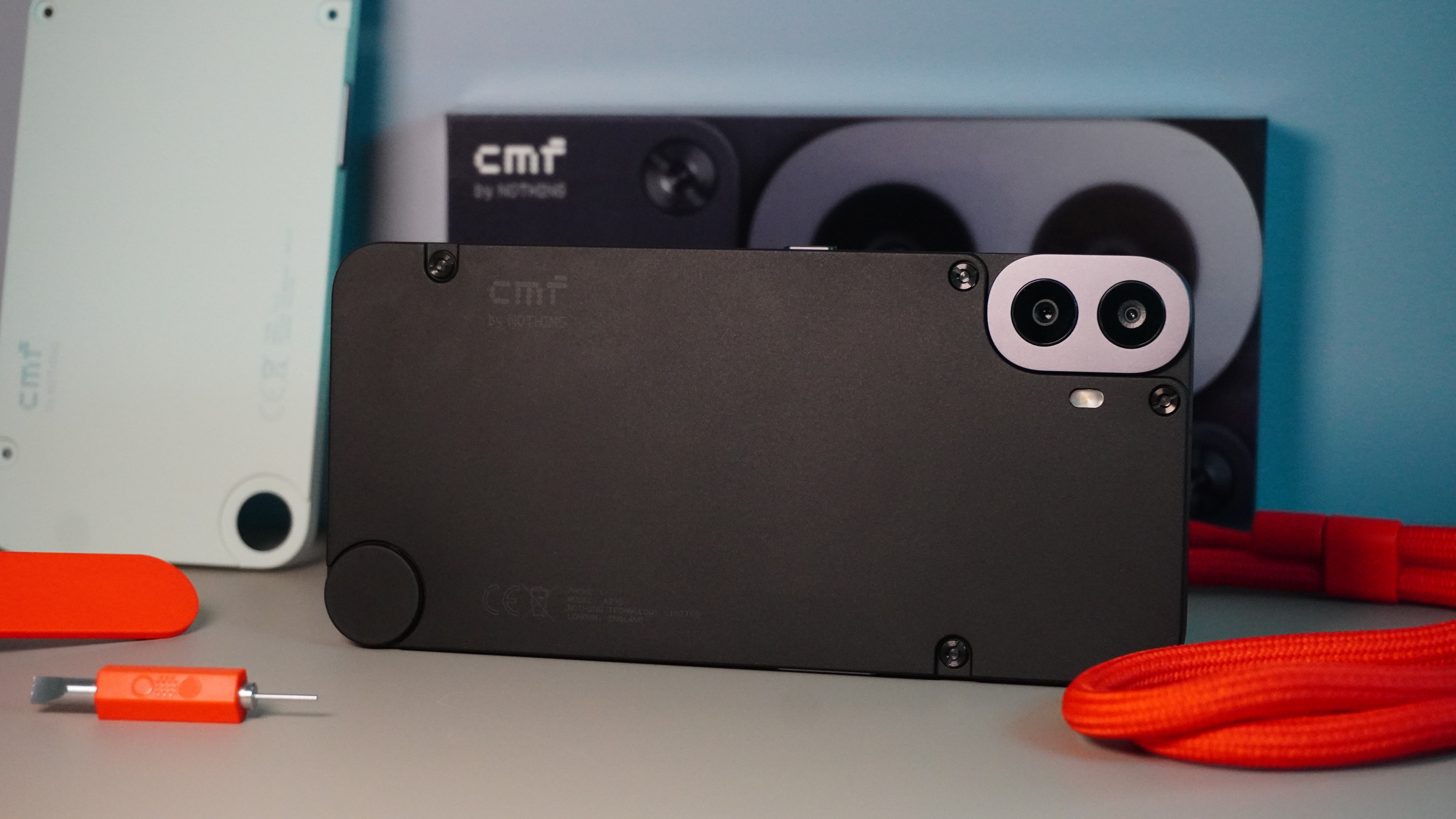 Nothing's next phone could be a budget powerhouse, thanks to this confirmed hardware detail
Nothing's next phone could be a budget powerhouse, thanks to this confirmed hardware detailOfficial details reveal more about the next phone coming from Nothing
By Chris Hall Published
-
 Adidas Adizero Boston 13 is softer, faster, and finally feels like a proper trainer
Adidas Adizero Boston 13 is softer, faster, and finally feels like a proper trainerThe brand quietly fixed everything runners didn’t love about the Boston 12
By Matt Kollat Published